
What’s more important: food or medicine? That’s a decision Wadhah Hamada, a 22-year-old Syrian refugee, has been forced to make ever since she gave birth to her first son Ra’fat in Mafraq, northeast Jordan. Hamada’s husband struggles to find work and just one day of diarrhea medicine for their son costs as much as he manages to earn in a whole month.
Hamada’s plight is shared by thousands of other women living in these unofficial refugee camps along the Jordanian-Syrian border, where they endure harsh desert temperatures, sandstorms and crippling poverty, all while trying to care for their newborns.
Jordan currently provides shelter to some 630,000 registered Syrian refugees, out of more than four million who have fled Syria’s civil war since 2011. The vast majority live outside official UNHCR camps, in settlements that Associated Press Chief photographer for the Middle East, Pakistan and Afghanistan Muhammed Muheisen first visited in March. He soon decided he wanted to tell stories of some of the most vulnerable people living there: pregnant women.
The U.N. estimated in March that more than 11,000 Syrian refugees were pregnant. Thousands of babies have been born in these difficult circumstances, to mothers without access to medical care or even running water.
The pregnant women that Muheisen met in these makeshift camps said they could neither afford medical treatment nor the transport necessary to reach a clinic in the nearest city. Many feared looming medical bills that they would never be able to pay. While mobile clinics run by NGOs bring occasional relief, some said it had been a month or two since they had even seen one.
In March, Muheisen photographed 15 Syrian women in Mafraq, all at various stages of pregnancy. “I could not stop thinking about these women,” says Muheisen, a two-time Pulitzer Prize winner. “It’s not just a project. It’s personal, I feel involved. They opened their doors to me and the least I can do is raise their voices.”
Muheisen decided to return to Mafraq in July, spending days trying to track down the women he had met months earlier. All but three had moved on, so he spent days going from camp to camp trying to find the others. Those he found again were visibly transformed by their experiences of motherhood.
When Muheisen first met Hamada, for instance, he says she was incredibly angry and desperate. “She was carrying the whole world’s pain on her shoulders,” he says. “The next time I saw her, she looked totally defeated. She had lost faith in humanity.”
The photographer says Bushra Eidah, a 16-year-old from Ghouta al-Sharqia, appeared to have aged a decade in the space of a few months. “When it was only me and my husband, it didn’t matter if we went to sleep hungry,” she told him. “Now we have a child and I don’t know how we are going to feed her.”
The hardships they endured and the challenges ahead cannot be underestimated. One woman, however, has managed to draw strength from her experiences. Huda Alsayil, 20, feared the medical complications that might arise from the late delivery of her first son, Mezwid. After that trauma, she said she felt “complete”, as if she had been given a new life. “Holding him feels like the best gift I could be granted.”
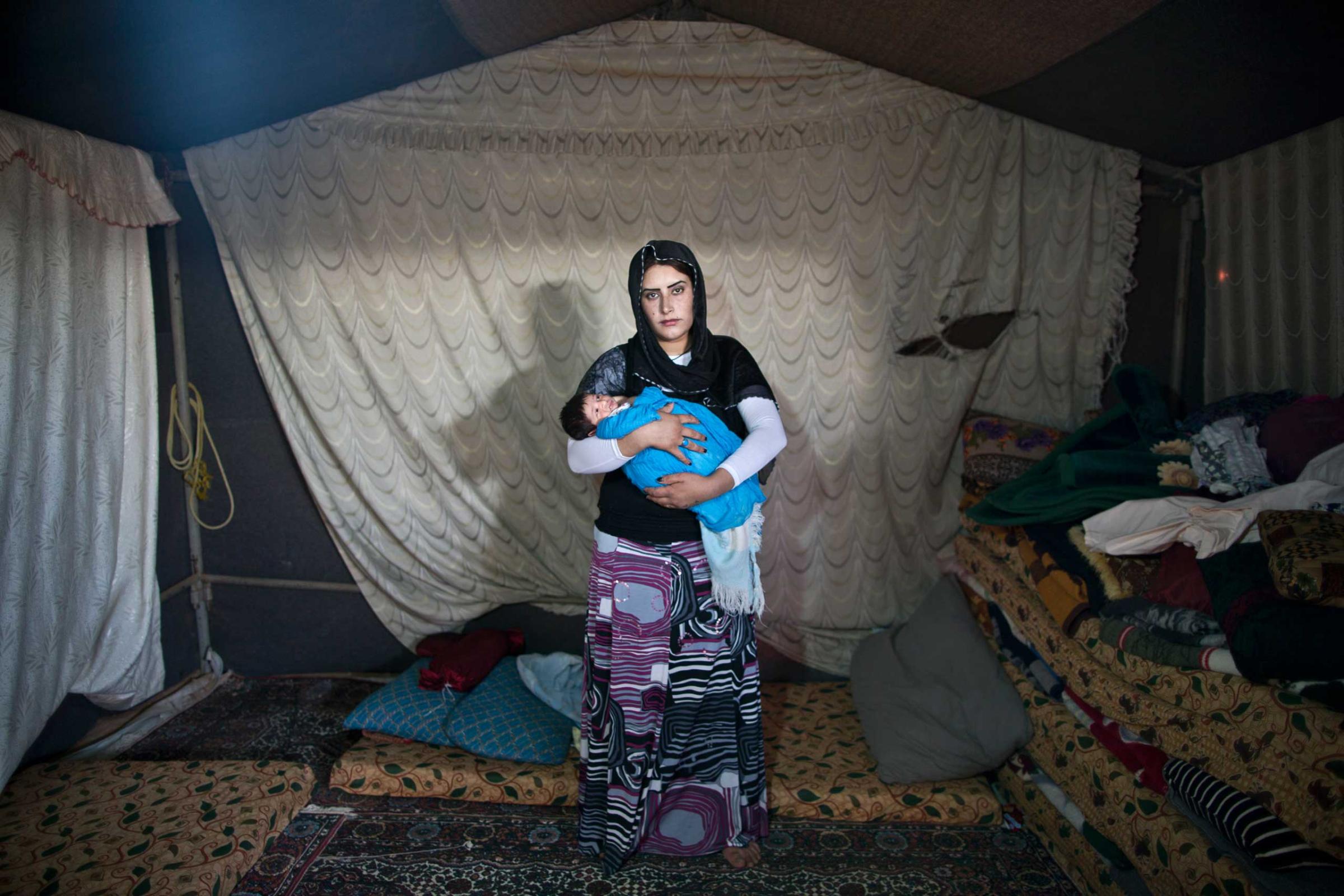

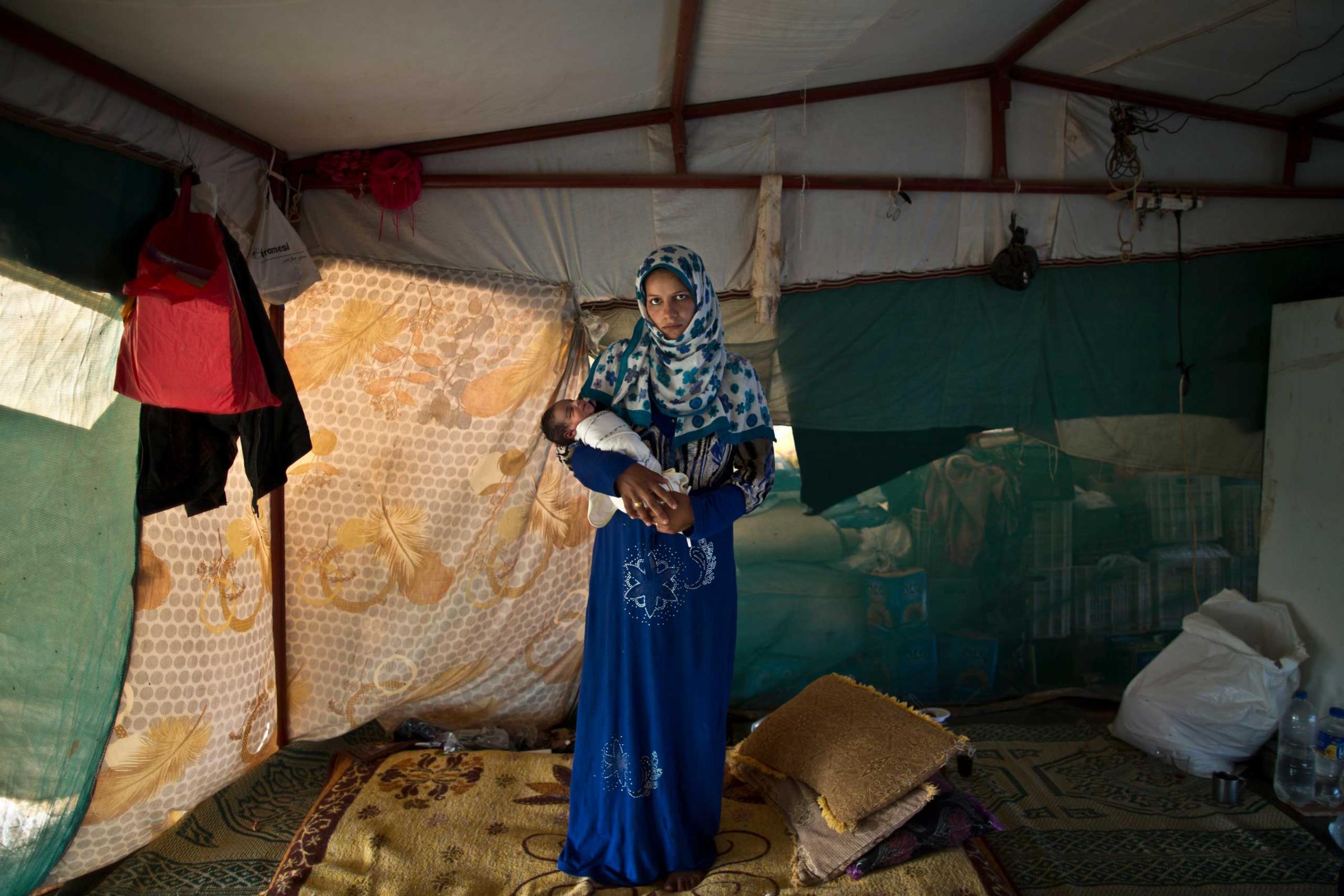
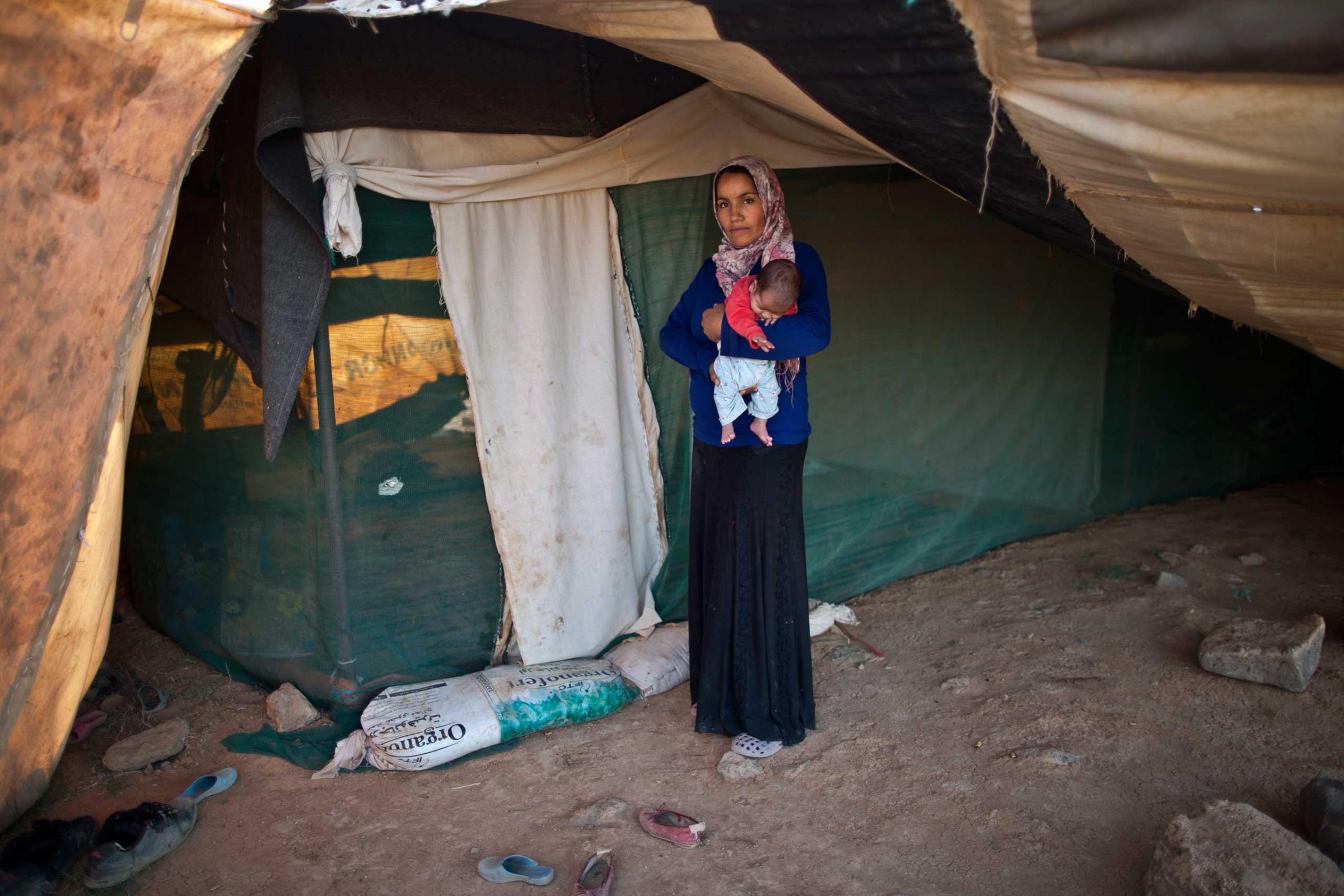


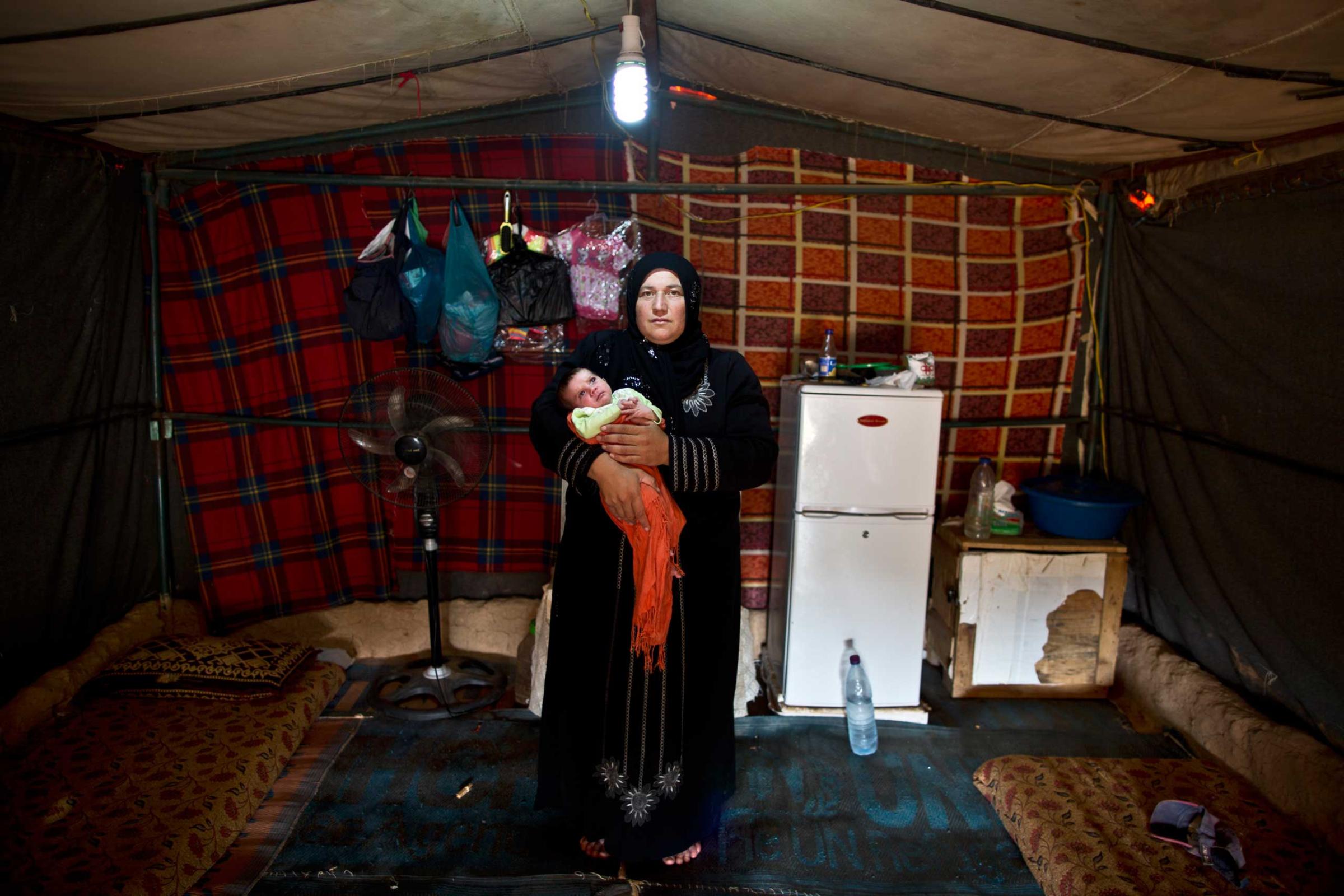
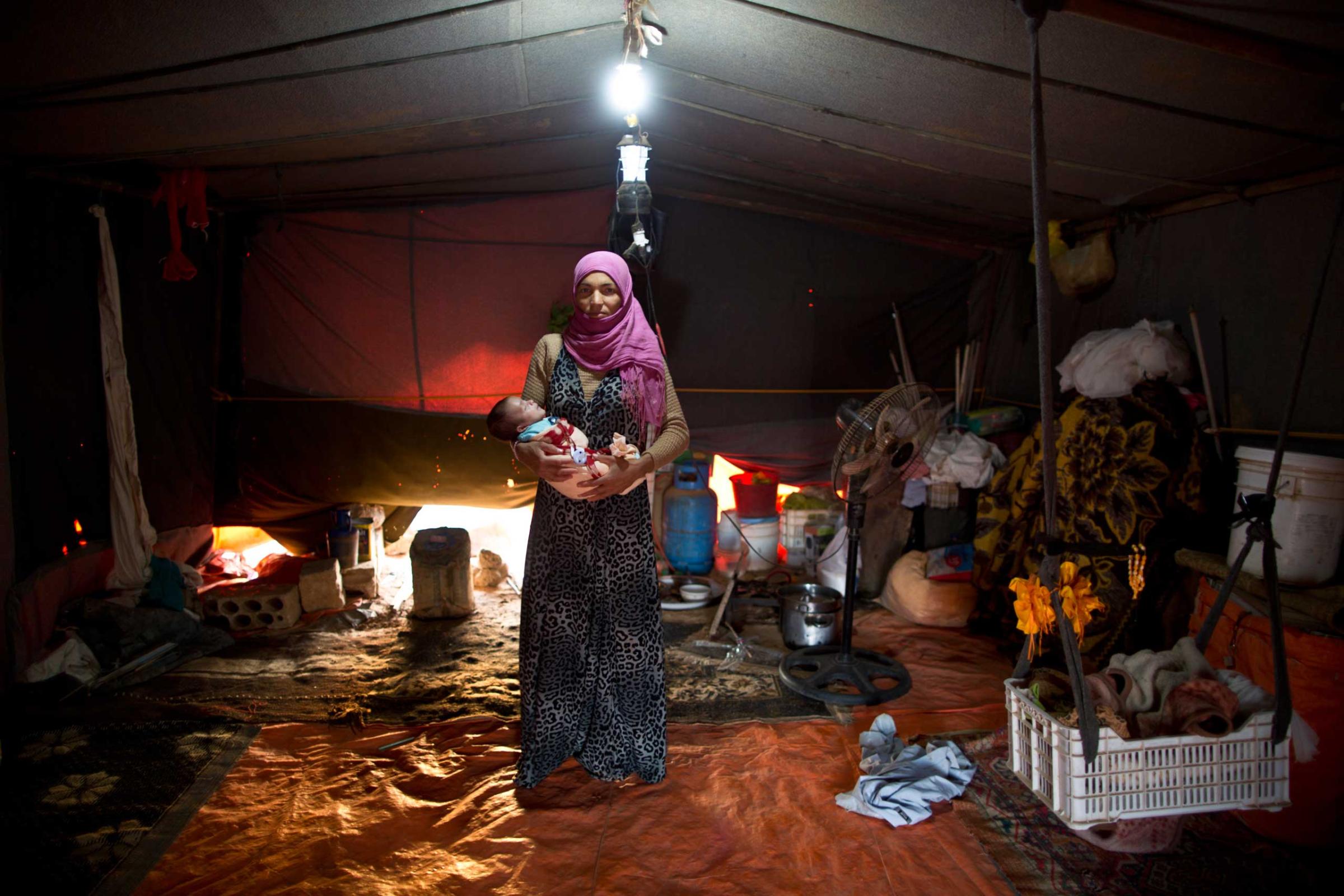
More Must-Reads from TIME
- Donald Trump Is TIME's 2024 Person of the Year
- Why We Chose Trump as Person of the Year
- Is Intermittent Fasting Good or Bad for You?
- The 100 Must-Read Books of 2024
- The 20 Best Christmas TV Episodes
- Column: If Optimism Feels Ridiculous Now, Try Hope
- The Future of Climate Action Is Trade Policy
- Merle Bombardieri Is Helping People Make the Baby Decision
Write to Naina Bajekal at naina.bajekal@time.com